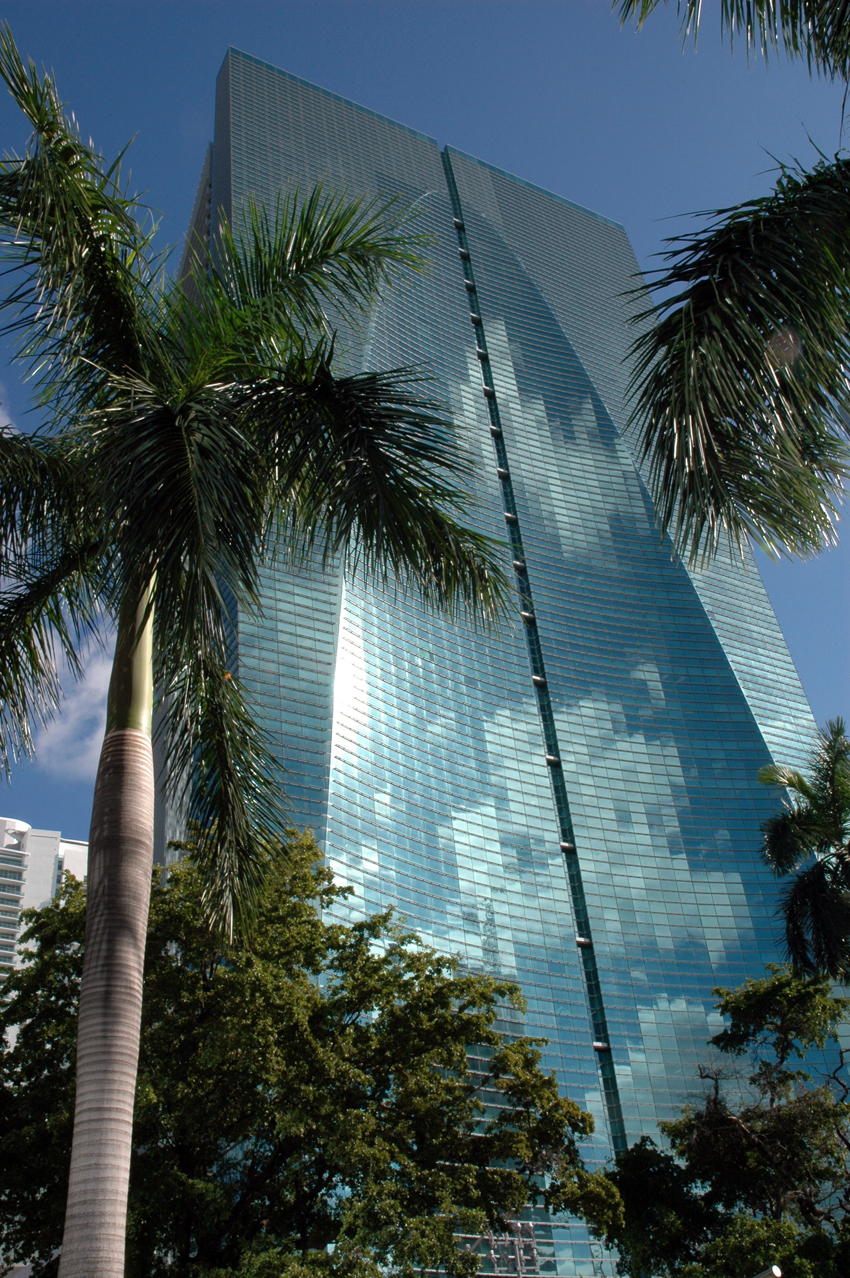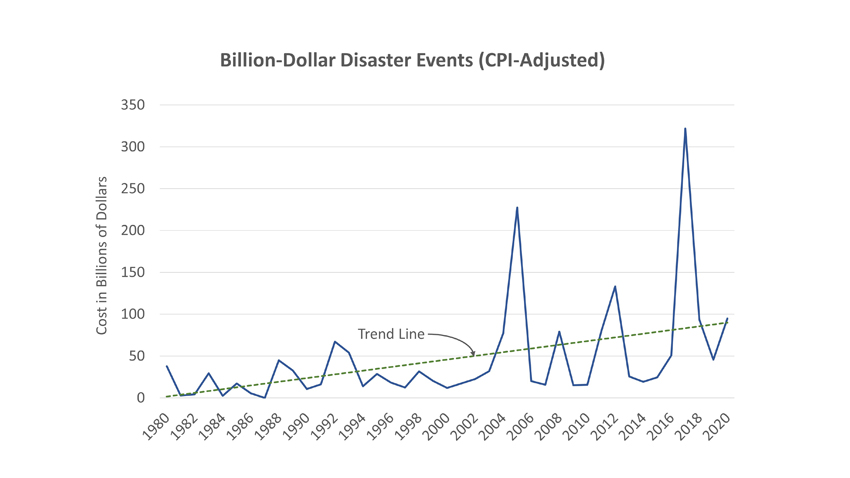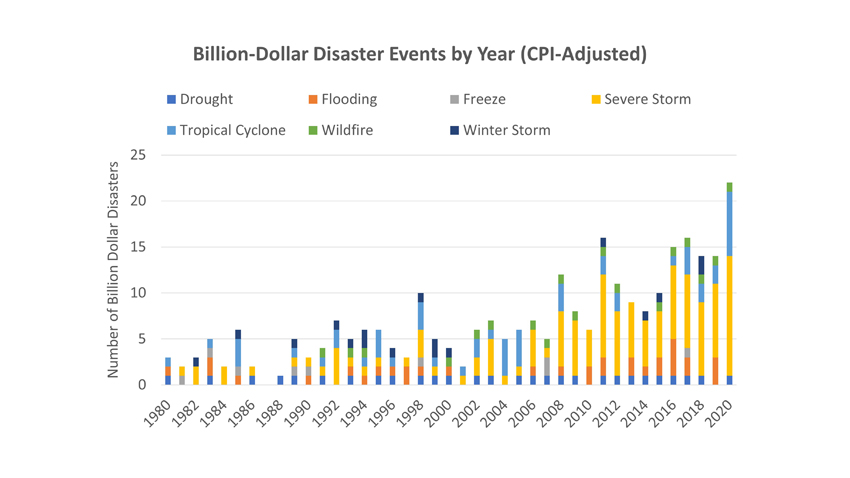Pathway to Resilience
Learning Objectives:
- Recognize the increased risks that natural hazards pose to human health, safety, and well-being, and how resilient construction can support long-term sustainability.
- Identify approaches to mitigating the effects of natural hazards that improve the safety of building occupants.
- Describe how natural-hazard mitigation can enhance a community’s economic vitality and safety.
- Demonstrate the importance of incorporating resilience standards in construction.
Credits:
This course is approved as a Structured Course
This course can be self-reported to the AANB, as per their CE Guidelines
Approved for structured learning
Approved for Core Learning
This course can be self-reported to the NLAA
Course may qualify for Learning Hours with NWTAA
Course eligible for OAA Learning Hours
This course is approved as a core course
This course can be self-reported for Learning Units to the Architectural Institute of British Columbia
For millions of people in the United States, the consequences of natural disasters have become increasingly real, personal, and devastating. According to the National Oceanic and Atmospheric Administration (NOAA), 2017 was the costliest year on record for natural disasters in the United States, with a price tag of $322 billion (see Figure 2). Hurricane Harvey broke a rainfall record for a single tropical storm with more than 4 feet of rain in southeast Texas, resulting in $131 billion in damages, second only to Hurricane Katrina at $170 billion. Puerto Rico experienced the longest blackout in U.S. history after Hurricane Maria, and nearly 3,000 are estimated to have died in the storm and its aftermath. The Tubbs Fire in Northern California killed 22 people and damaged more than 5,600 structures.

Photo: Kevin Finn/Adobe Stock
Figure 1: The Brickell in Miami, Florida, was designed to resist natural disasters and achieve long-term operability.
According to NOAA, 2020 set the new annual record for billion-dollar disaster events at 22, shattering the previous record of 16 set in 2011 and 2017 (see Figure 3). This is the sixth consecutive year in which 10 or more billion-dollar climate-related disasters have impacted the United States—and this trend is accelerating. Since 1980, the years with 10 or more separate billion-dollar disaster events include 1998, 2008, 2011–2012, and 2015–2020.
In 2018, Category 5 Hurricane Michael made landfall at Mexico Beach, Florida, with devastating winds of 160 miles per hour (mph) and storm surge more than 15 feet. Mexico Beach was nearly destroyed, and Panama City suffered extensive damage. Florida’s Tyndall Air Force Base suffered a direct strike. In total, the event caused $26 billion in damages.
Last year saw a recordbreaking U.S. wildfire season, burning more than 10.2 million acres. California wildfires burned more than 4.1 million acres, which doubled the previous record set in 2018. Five of the top six largest wildfires on record in California burned during August and September of 2020. The 2020 California wildfires destroyed approximately 10,500 structures. Oregon, Washington, and Colorado also had severe wildfires in 2020. Dense smoke produced hazardous air quality that affected millions of people in major cities for weeks.
And most recently, the unprecedented winter storms in February 2021 across the southern United States caused billions of dollars in damages to structures and loss of life. In Texas, low temperatures caused massive power outages for millions. It is estimated that at least 80 people have died because of the storm, and at one point nearly 14 million people were without water because of burst or frozen water lines.
What is disturbing about these tragedies is that they are preventable. Disaster mitigation works and is cost-effective. Spending time and money up front to reduce the likelihood of loss during a natural hazard event can provide significant benefits to building owners and communities, including lower insurance costs, higher property values, security to residents, maintaining a consistent tax base, and minimizing the cost of disaster response and recovery. This course offers a view on emerging risks and opportunities as human and economic losses from disasters increase, with the overarching goal of supporting and advancing resilience in future construction of buildings and critical infrastructure.

Figure 2: Cost of Billion-Dollar Disaster Events by Year

Images: National Oceanic and Atmospheric Administration
Figure 3: Number of Billion-Dollar Disaster Events by Year.
Why Are Disasters Costing More?
In the past several decades, the population in the United States has increased and migrated toward the coasts, concentrating along both the earthquake- and wildfire-prone Pacific coast and the hurricane-prone Atlantic and Gulf coasts. More than 60 percent of the U.S. population currently lives within 50 miles of one of its coasts, including the Great Lakes. At the same time, wealth and the value of possessions have increased substantially. For example, while California’s Los Angeles County accounts for only 2.5 percent and Florida’s Miami-Dade County accounts for only 14 percent of their respective states’ land area, they contain 30 percent of their states’ property value. These changes in the concentration of population and property values are significant contributors to the increased human and property losses from natural hazards.
Disasters result not as much from the destructive agents but more so from the way in which communities are (or are not) prepared for them. Disasters happen when the natural systems are disrupted by human development. In fact, there is no such thing as a “natural” disaster in the sense that losses caused by a hazard event are greatly influenced by the degree to which society chooses to mitigate against the hazard. When a disaster occurs, lives, assets, products, and crops are lost; livelihoods are cut off; and economic growth is curtailed or sent into reverse. It is apparent that there needs to be a significant shift in how we address natural disasters, moving away from the traditional focus on response and recovery and toward an emphasis on resiliency—that is, preventive actions to mitigate the effects of natural hazards.
What Is Resilience?
The Urban Land Institute (ULI) defines resilience as “the ability to prepare and plan for, absorb, recover from, and more successfully adapt to adverse events.” Basically, addressing changes in the environment, whether the changes are natural or man-made, requires actions to mitigate their negative effects and adapt to those changes. If we identify resiliency, not solely as a state of preparedness for disaster (such as stocking up on food and water and having a plan in place to search and recover people in distress), but as a desired characteristic of a sustainable society, one that has more control of its basic human needs such as shelter, food, water, energy, communications, and commerce, we can begin to see the relationship between resilience and sustainability.
For a community to be truly resilient, it must address all human needs to some degree, but the very basic of all human needs is shelter. This means designing buildings to resist hazards, such as flooding, wind, sea level rise, wildfires, and other hazards. For a building to be sustainable, one must consider the potential for future use and reuse, and design for a long service life with minimal maintenance costs. Otherwise, the environmental, economic, and societal burden of our built environment could be overwhelming. A building that requires frequent repair and maintenance or complete replacement after a disaster would result in unnecessary cost from both private and public sources as well as environmental burdens, including energy, waste, and emissions due to disposal, repair, and replacement.
Of course, it is one thing to describe resilience in generalities and another to design a building to mitigate natural disasters. There is significant guidance on reducing environmental impacts with green building codes and rating systems, such as LEED, International Green Construction Code, and Green Globes, among others. But the guidance for designing a building to adapt to and mitigate the effects of natural hazards are now only beginning to take shape.















